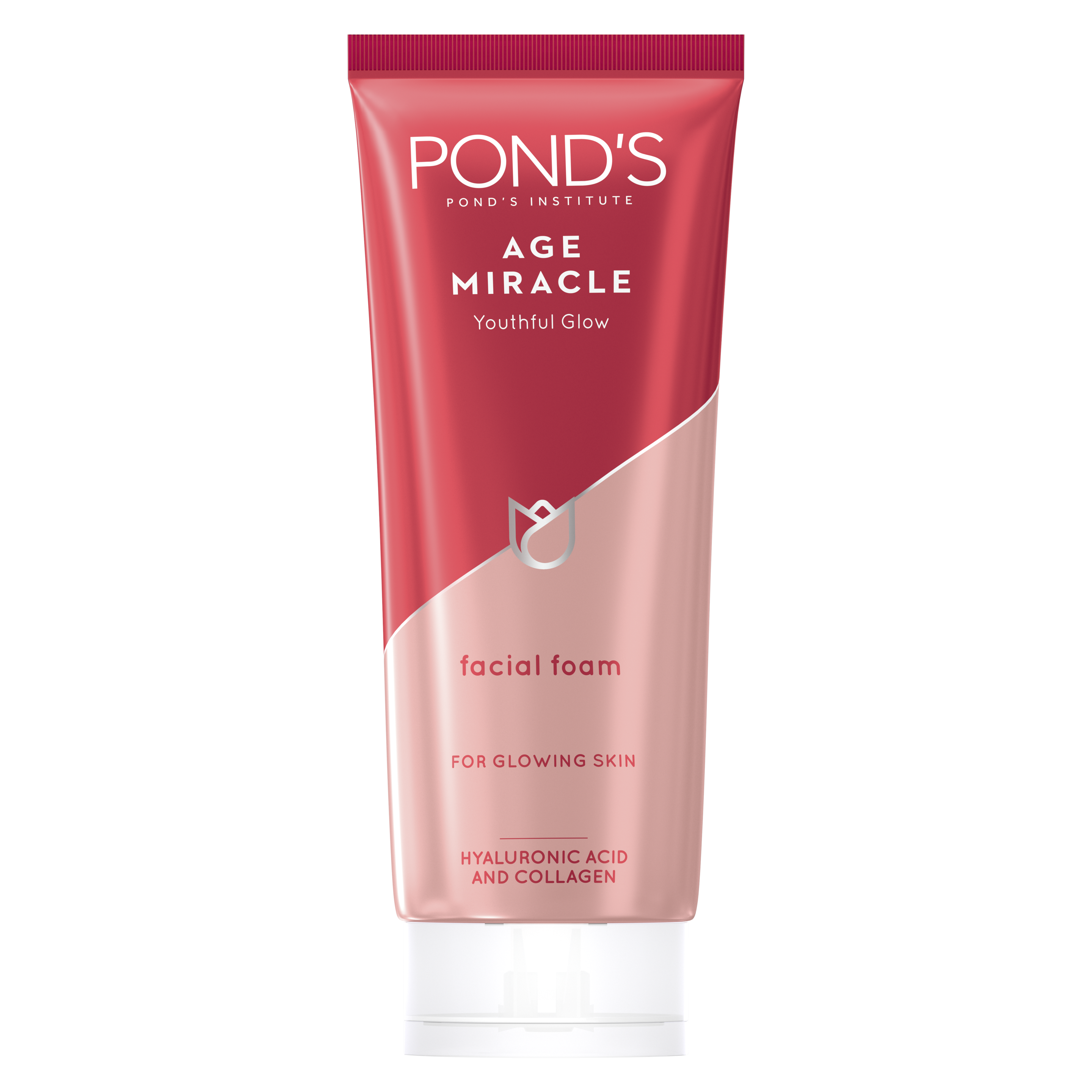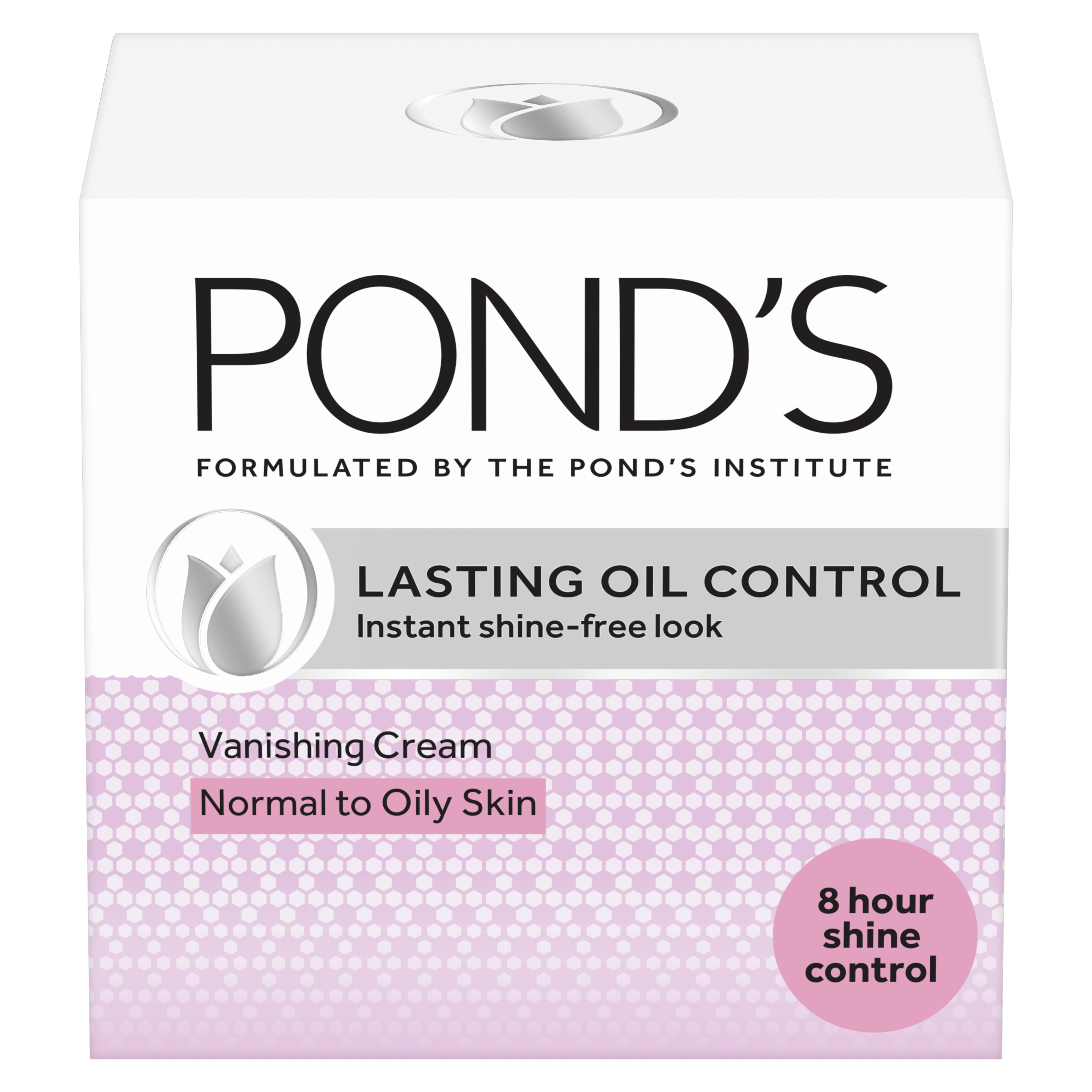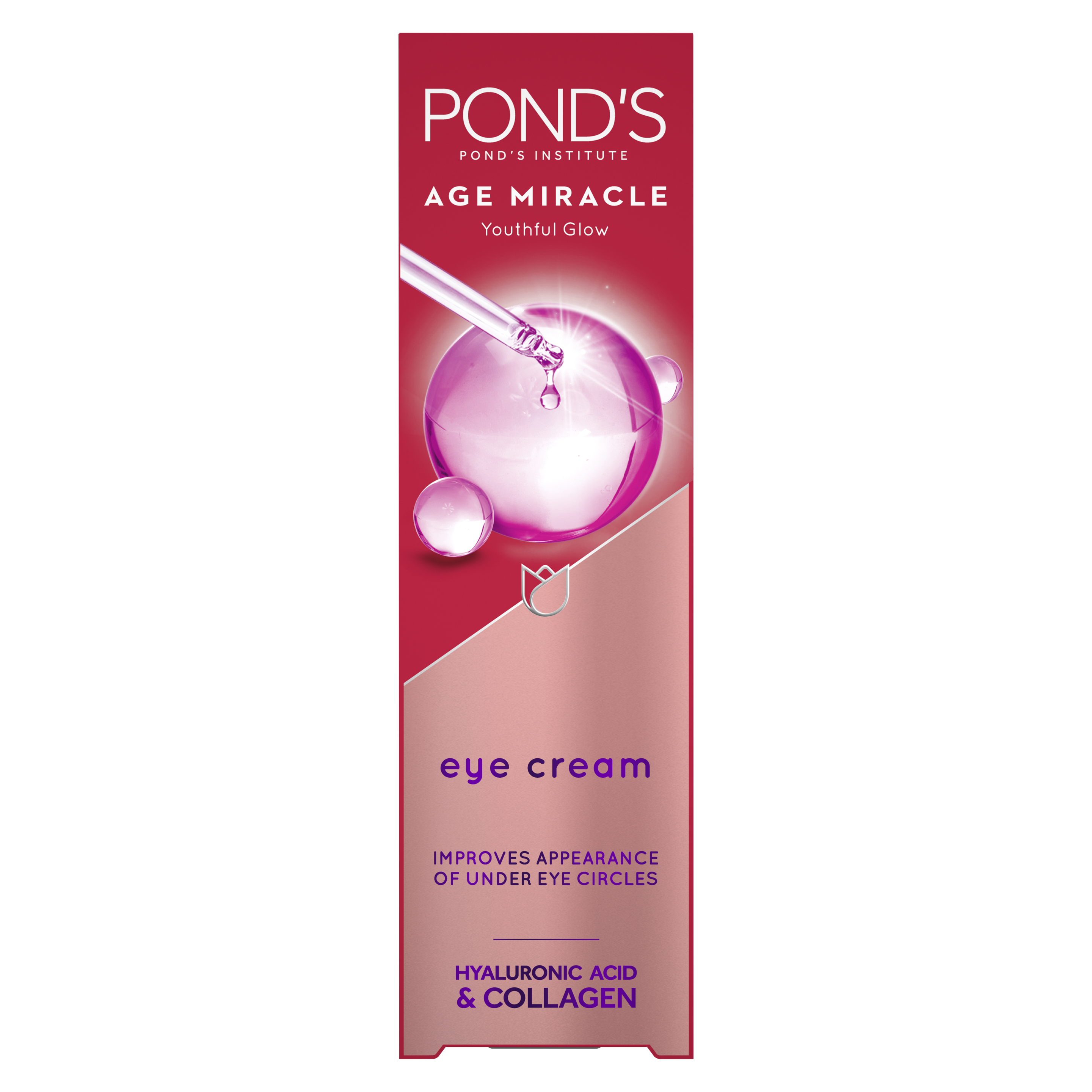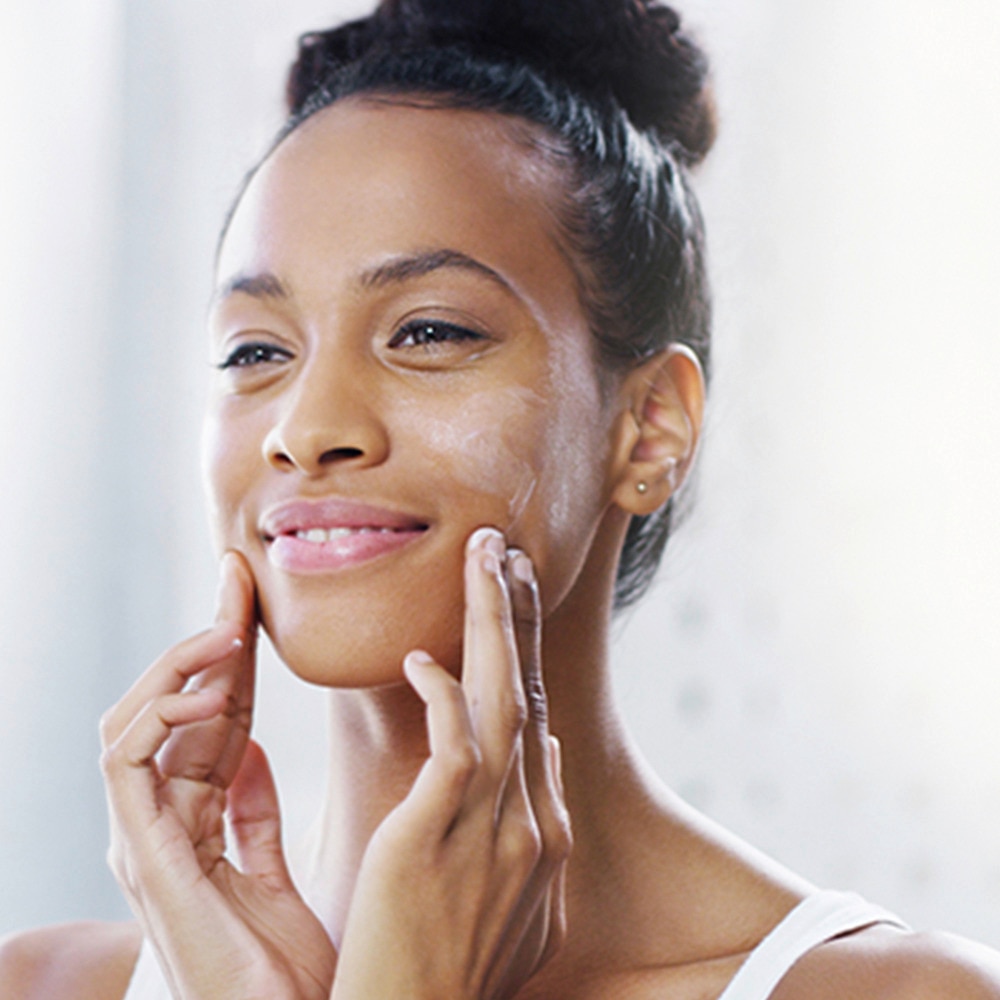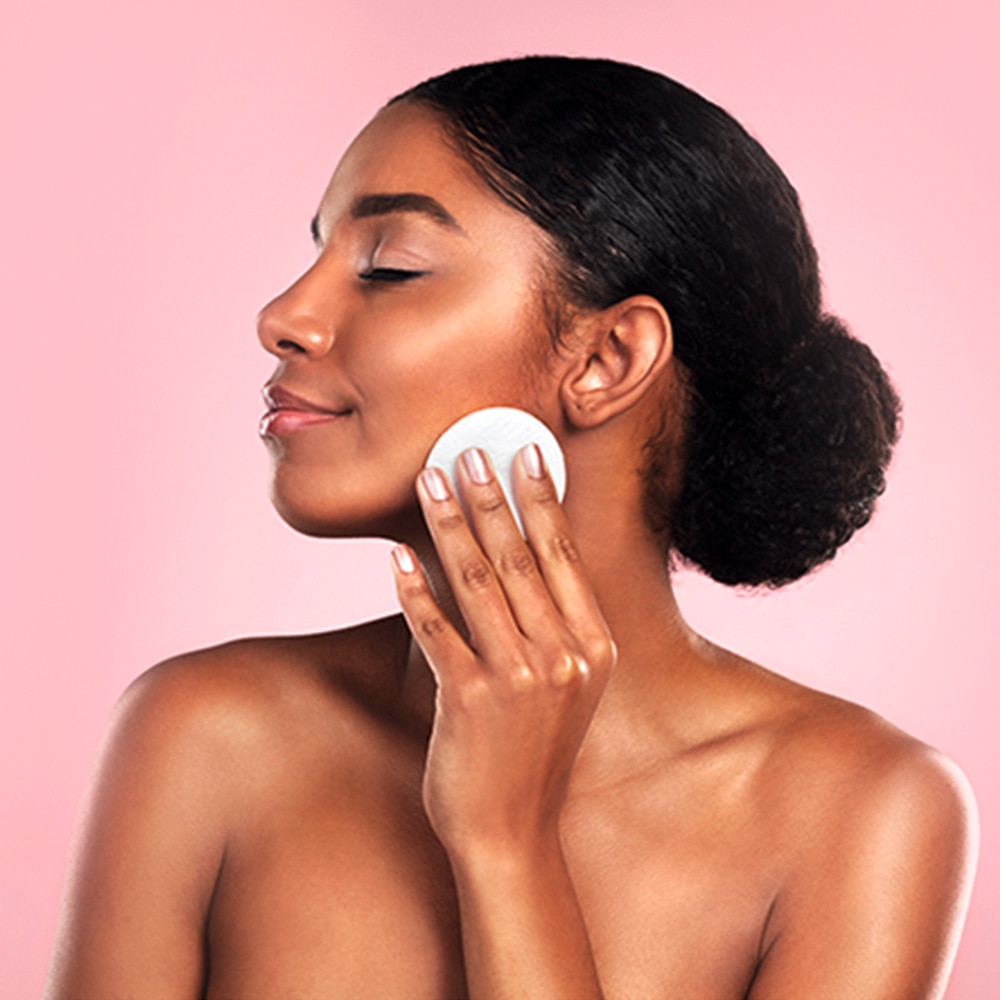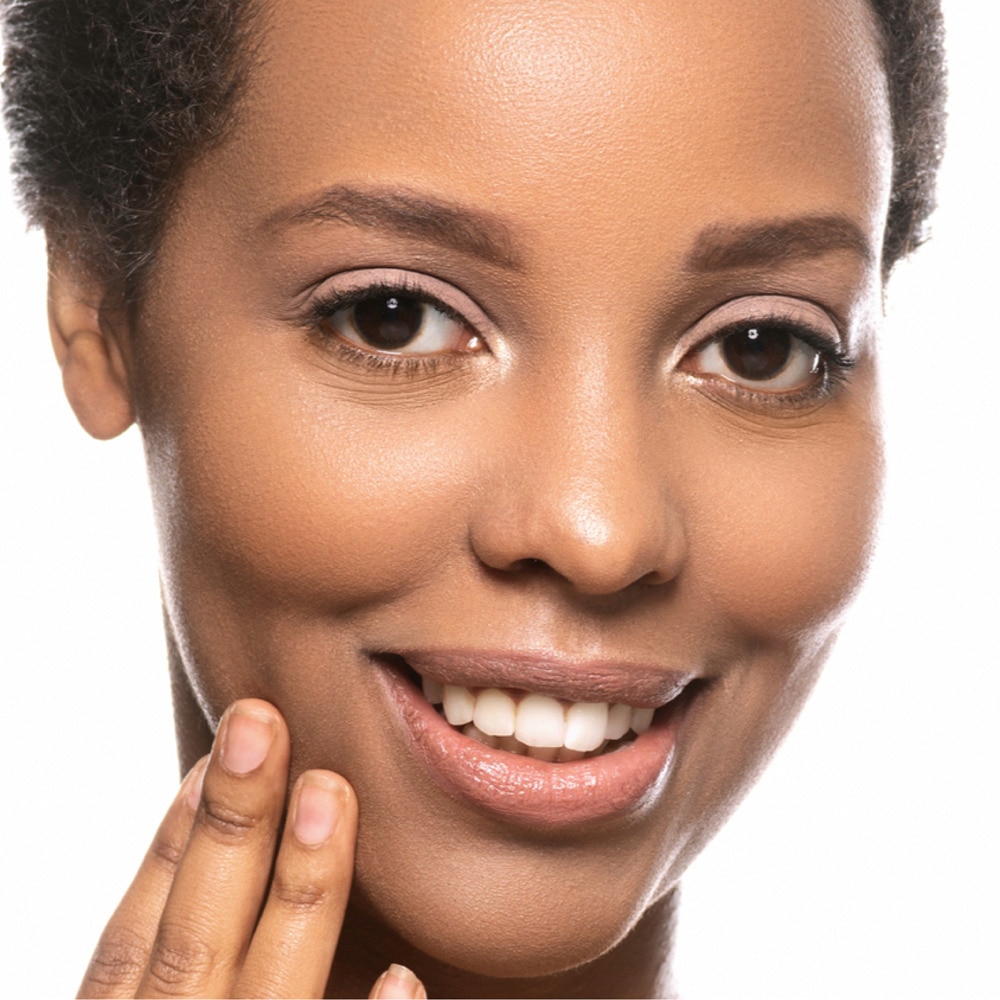What Are Blemishes And Spots On My Skin?
Freckles, solar lentigos, pimple marks, or age spots… they’re all blemishes caused by different things. But deep within your skin’s layers, the underlying process that causes discolouration on the outside is the same — melanin production.
No matter what they are called, blemishes are a result of melanin production.
Melanin is what gives our skin its colour. Our skin produces melanin as a defence mechanism against cell damage triggered by harmful UV rays or as a result of inflammation. This melanin production in the skin’s deeper layers is what causes discolouration on the outside, which manifests as blemishes on the surface of skin.
Types of skin blemishes
The blemishes on our skin can be categorised into four main groups — melasma, freckles, sun spots and post inflammatory hyper-pigmentation (PIH).
Blemishes can be categorised into four main groups, based on what cause them.
Blemishes due to hereditary or external factors
These blemishes occur due to the effects of the sun, hormones, skin colour type and hereditary factors. These develop deep within our skin’s layers and forms on the surface as:
The four main categories are freckles, lentigos, melasma and post inflammatory hyper-pigmentation (PIH).
1. Freckles
Small flat brown or yellow spots that can appear alone or in a cluster. They are usually hereditary.
2. Solar Lentigos
The main cause of these types of spots is the sun’s rays, also known as sun spots or aged spots. Lentigos would be increased with age as the sun exposure accumulates over time.
3. Melasma
Extended pigmentation that can cover a whole area of your face. It comes in patches and can vary in colour, from brown to yellow. Melasma can be induced by sun exposure and also hormonal changes.
Melasma, freckles and sun marks can be caused by the sun, hormones and hereditary factors.
4. Blemishes are due to post-inflammatory discolouration
Blemishes are due to post-inflammatory discolouration are flat and can range from pink to red, to greyish brown, depending on your skin. They are a little lighter than spots caused by hyper-pigmentation and can look more like blemishes.
Post-inflammatory hyper-pigmentation develops from acne marks and wounds.
These marks can develop from:
- Pimple Marks
When acne causes skin to become inflamed, the inflamed skin will further trigger additional melanin production. This leads to blemishes known as acne marks on the surface of your skin. Learn more about blemishes and acne scars here.
- Wound Marks
Another sign of our skin’s stress response mechanism, wound marks are lodged melanin production due to inflammation in the skin. When we develop a wound, the body produces melanin as a concreted response of cell damage, resulting in discolouration on the surface of the skin.
Read more for solutions on how you can reduce the appearance of blemishes on your face.
Great Solutions For Younger-Looking Skin
- slide 1
- slide 2
- slide 3
- slide 4


